In 1940, psychical investigator and ghost hunter Harry Price produced an account of his stays and studies at Borley Rectory. The book was called ‘The Most Haunted House in England.’ And for a time, the Price was right.
Like so many others, I was raised on stories of Borley Rectory and became obsessed with claims of the paranormal from afternoons of sitting with my grandad, pointing at pictures of scribbled spirit writing in tatty encyclopaedias. I have such a real warmth and emotional attachment to the story, and truly wish I believed in all of the reports. They are fantastical, outrageous, with sex and death intertwined against a background of tortured nuns and gothic architecture. Is it any surprise that for many years, most of the UK was entranced by Borley’s strange happenings?
Built in 1862, the house was installed as the residence for the parish rector and was instantly the subject of local gossip. The rectory was an imposing and strange building with a pointed (and much photographed) east frontage and cramped internal courtyard. The earlier rectory had burned to the ground in 1841, and the gothic monolith that replaced it was ripe for excitable imaginations to run riot.
Borley itself is a tiny rural community of three hamlets in Essex, that had 110 inhabitants at the last census. Nonetheless, local legends have been long established, primarily concerning the supposed existence of a Benedictine monastery in the area around 1362.
Tradition states that a local monk began a secret affair with a nun from a nearby convent. After the affair was discovered by their superiors, the lovers were brutally punished. The monk was swiftly executed, but the nun suffered a far worse fate; being bricked up in the convent walls and left to suffocate and die. Relievedly, for the monk and nun, the story, and the monastery seem to be little more than local legend, with no historical basis at all. Namely, no religious orders were harmed in the making of this ghost story.
Despite the monk/nun story proven to be false, the tale of the murdered lovers would form the basis of many future investigations, reports and paranormal claims.
Tales of Borley’s ghosts first emerged in 1863 when the reports of schoolchildren were circulated, as they claimed to have seen the ghost of a nun. In 1900, another group of children claimed to have seen the ghost of a nun in the rectory’s grounds that disappeared as soon as they approached. As deliciously consistent as these reports may be at face value, it is now generally considered that the first rector’s children concocted the first report, based on the physically imposing appearance of the house.
It was 1927 when the Reverend Guy Eric Smith and his wife moved into the rectory and the first instances of a very modern haunting laid their roots. Shortly after moving in, the skull of a young woman was found in a cupboard by his wife. This discovery was said to have been the trigger for supernatural activity within the house. Immediately after the skull discovery, a whole host of paranormal events were said to have occurred; strange lights appeared, unexplained footsteps moved within the house and the ghostly apparition of a horse-drawn carriage was seen nearby.
The couple went on to contact The Daily Mirror, saying that their intent was to make contact with the Society for Psychical Research (SPR).
Naturally, when tabloids are contacted, issues arise concerning the individuals’ intent, desire for publicity and the legitimacy of their claims. These issues of fame versus sincerity would similarly plague Borley throughout its years of infamy.
The Mirror responded to the couple’s claims by sending a reporter, joined by Harry Price, a paranormal researcher carving a name for himself as a renowned investigator of mediums, psychics and séance.
Shortly after Price’s arrival, the unexplained activity increased considerably. Price compiled a report of his dramatic experiences, recounting spirit messages and objects thrown about the house by unseen hands. Curiously, as Price departed, so did the phenomena.
By June 1929, The Smiths would leave Borley and be replaced in October 1930 by the Reverend Lionel Algernon Foyster, Marianne, his wife, and their daughter Adelaide. It would be this family, and Marianne in particular, who would become most synonymous with the ghostly goings on.
The family remained in the house for five years, during which time the reverend compiled a substantial report of all the supernatural experiences the family had endured. This enormous dossier was subsequently submitted to Harry Price, whose interest would only grow as the years passed.
The reverend’s report included a variety of distressing claims, including: the breaking of windows, strange writing appearing on the walls, their daughter being locked in a room to which there was no key, and objects such as bottles and stones were thrown about the house.
Marianne would make additions to the document that would eclipse anything reported before. The reverend’s wife appeared to be at the centre of the most extreme poltergeist activity, claiming to have been violently thrown from bed and periodically attacked by an unseen agent.
Reporting back to The Daily Mirror, Price was understandably interested and concerned after reading the reverend’s report and sought to exorcise the house. He attempted so on two occasions, but to no avail; the phenomena was here to stay. Price’s reports of 1929 gained instant and enormous public attention and soon enough, a whole plethora of amateur reporters and psychical researchers would attend the rectory in the hope of studying the phenomena.
In the report of 17thJune 1929, The Daily Mirror reported that:
‘The rectory continues to receive the unwelcome attention of hundreds of curious people, and at night the headlights of their cars may be seen for miles around. One ‘enterprising’ firm even ran a motor coach to the Rectory, inviting the public ‘to come and see the Borley Ghost’, while cases of rowdyism were frequent.’
However, for all the investigators’ initial interest, one common conclusion pervaded: Marianne was the cause. Whether intentionally or subconsciously, she was to be firmly placed at the centre of the storm.
The illegible writing that appeared on the walls of the rectory has proved to be one of the most enduring images of the Borley saga, and one that maintains interest to this day.
Beginning in 1931 and addressed to Marianne alone, pleas for ‘rest’ and ‘mass prayers’ would scrawl across the walls in manic scribbles, frequently illegible in their panicked state.
Following a visit to Borley, professional medium Guy L’Estrange wrote that:
‘Later, being entertained by the rector and his wife, he heard for the first time of mysterious forms, male and female, being seen inside and outside the house; of lights in unoccupied rooms; of articles appearing and being thrown; of fires breaking out; of mysterious whisperings and unexplained writings on walls and scraps of paper. Once, the rector told him, he was working alone in his study when he saw a pencil rise from the desk and scrawl words on the wall in front of him -no hand was visible!’
Guy L’Estrange, quoted in Borley Postscript by Peter Underwood p114 via Andrew Clarke
However, like so much of the Rectory’s history, L’Estrange’s claims are regarded as false. Considering that the reverend was meticulous in his accounts and never reported any such phenomena himself, and certainly no levitating pencils, the enduring image is one of wishful imagination on Guy’s part.
Nonetheless, when Marianne’s name first appeared scrawled on scraps of paper, they soon attempted to establish a method of written communication, asking what the spirit wanted. To which it replied ‘Rest.’ It was years later that the scribbles moved to walls and the attempts to engage with the restless spirit continued.
The writing and attempts at communication were studied, documented, enhanced with pencil, photographed and removed, with no solid resolution to the pleas. The couple’s toddler, however, was noted to be, in the words of Andrew Clarke in his essay No Hand Was Visible, ‘an inveterate scribbler.’ He goes on to explain the timeline of the writing, citing via Lionel Foyster’s account, that:
‘There was a rash of scrawls on bits of paper before the end of March 1931, which were still happening when the Braithwaites, a prominent local family interested in spiritualism, visited the rectory, held a séance, and managed to save one of the bits of paper for posterity.’
And subsequently,
‘The wall writings themselves coincided with the start of Marianne’s affair with the lodger Frank Peerless.’
Despite many recorded incidents being considered authentic or truly unexplained, any perceived legitimacy of Marianne’s claims was irreparably damaged after she confessed to being in a sexual relationship with the family’s lodger.
Marianne would go on to explain that she frequently used claims of supernatural phenomena to conceal her affair, explaining away noises and suspicions with a swift mention of a ghost.
The story of Borley already had sensation and death; to add sex into the reports was to etch the family into the history books as the ghostly scandal gripped the nation.
The Foysters would leave Borley in 1935 and the building stood empty for a short while. However, in 1937, Harry Price would return and take up residence in the house for one year. Employing a group of 48 individuals – predominantly students working weekends – Price and his so-called ‘official observers’ conducted a variety of experiments within the house, recording instances of perceived paranormal phenomena.
In a flurry of experimentation, Price brought in several mediums and conducted huge series of seances. In one instance of 1938, medium Helen Glanville was reported as having made successful contact with a nun and an unidentified male spirit. The latter spirit was to predict the rectory’s ultimate destruction by fire on 27thMarch 1938. And, for all the spirit’s confidence, he, nor the medium channelling him, were too far from the truth.
On 27thFebruary 1939, the rectory’s new owner, a Captain W. H. Gregson, was moving into the property when an oil lamp was upturned and the house was set ablaze. There was no saving the rectory and the house was gutted by flames. Although reported as an accident, upon investigation, the insurance company deemed Gregson’s actions as deliberate and the house was left as a ruin, never to be rebuilt. Despite renaming the property ‘The Priory’, it is suggested that he ultimately planned to cash in on the rectory’s history and turn the house into a tourist stop. Gregson was never to have his wish.
However, the small matter of a raging fire was not to keep Harry Price away from Borley. After revisiting more of Marianne’s wall-writings, Price believed that the message read ‘the well tank bottom me’ or ‘the well tank bothers me’. Price was sure that the body of the nun whose restless spirit plagued the house would at last be found. He returned to the site and dug into the cellar, finding the bones that would bring the full story of the rectory to a final, dramatic closure.
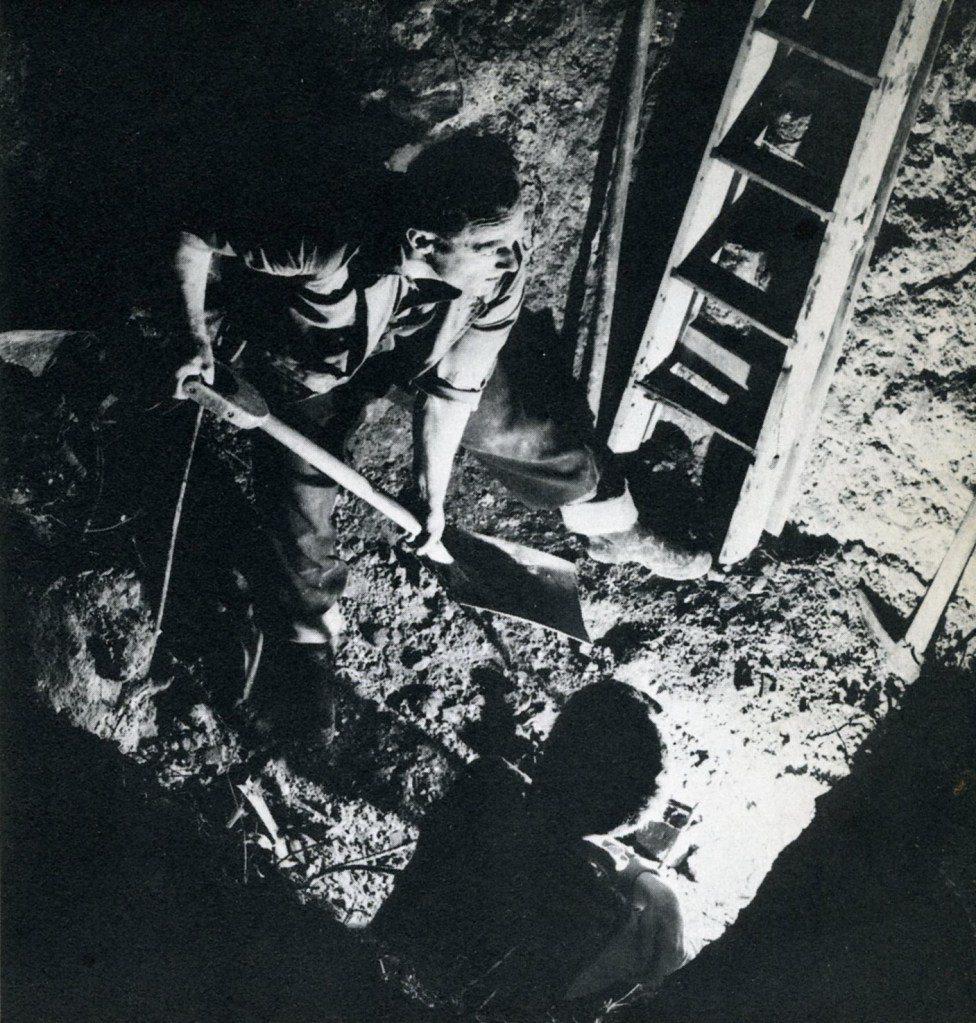
Yet, as with all aspects of Borley, the resolution was not as it seemed. The two bones found at the bottom of the pit were that of a pig, and not a tragic nun. Although faced with the cold pork of reality, Price was not to be shaken from his own narrative, nor his continued relationship with Borley’s publicity. Accounts of exactly whatwas found vary to this day. Although the local vicar of Borley refused to allow the Christian burial of the bones, the church at nearby Liston did.
Subsequently, two years later, on 29thMay 1945, a small gathering including Price and a local photographer, watched on as the bones were interred in a service officiated by the Rev. Alfred Clifford Henning.

In official reports from Price’s contemporary website, and his book The End of Borley Rectory (1946), the nature of the burial differs wildly from the pig bone furore of elsewhere:
‘The bones, part of a human jaw and a skull, popularly thought to be the mortal remains of Marie Lairre, the ghost nun who haunted (still haunts?)the Rectory site were placed in a wooden box and lowered into a small hole dug by the Rector earlier in the day.’
The rectory was demolished in 1944 and, even in the process of destruction, ghostly visions continued. Harry Price attended the site with his researcher Cynthia Ledsham and a photographer, David Scherman with the intent of gathering images for an article to be published in ‘Life’ magazine. As the group were unable to approach the building during demolition, photographs were taken of the frontage as the building was slowly razed to the ground.

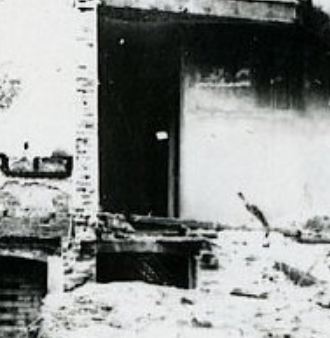
After developing the photographs, one in particular caught Price’s eye. One photograph, showing a brick in mid-air, was placed centre stage. Inferring that the brick was ‘levitating’, rather than falling, Price was able to publish another claim about the inherent darkness of Borley. Writing in the End of Borley Rectory, he said:
‘As Mr Scherman pressed the trigger which operated the shutter mechanism of his camera lens a brick, or part of a brick, suddenly shot up about four feet into the air in front of what remained of the kitchen passage, just below the bathroom passage. The three of us saw it, and, as I said, we were at least a hundred feet away from it. We all laughed and called it ‘ the last phenomenon,’ and said the Poltergeists were ‘demonstrating’ in honour of our visit.’
Of all Price’s claims, the last gasp of a floating brick is arguably the one most easily dismissed. With the loss of Borley, came the loss of Price’s association and renown with the site that gripped the nation. However one may support Price’s earlier investigations, a floating brick seems to be little more than a desperate grasp for proof. Falling masonry does not a poltergeist make.
Harry Price died on 29thMarch 1948, yet his research and work with Borley was not to rest easily. Following his death, accusations of fraud were rife from sceptics, investigators and associates alike. Later in 1956, three of Price’s peers collaborated on a work titled ‘The Haunting of Borley Rectory, which argued that the majority of Price’s claims were deliberately false and fraudulent, with reported phenomena easily attributed to deliberate misdirection, acoustics or the presence of vermin within the residence.
Although many contemporary enthusiasts, parapsychologists and academics alike support and endorse Price’s legacy and body of work, his contribution to the world of paranormal research remains a contentious issue.
Later in life, Marianne Foyster would publicly admit her part in the haunting of Borley Rectory. The vicar’s wife admitted that she had never experienced anything supernatural within the house, and that any reports to the contrary were false. She explained that all reported activity within the house were due to misinterpreted creaks and sounds from ill weather, the movements of visitors within the house and her own deliberate deceptions, ultimately at her husband’s cost.
*
The stories surrounding the rectory, and Price’s investigations are so enormous and sprawling that they cannot possibly be included in one singular blog post. If you wish to read more about Borley, please check out the list of websites and books below.
Further Reading:
http://www.foxearth.org.uk/BorleyRectoryPictures/Page.html
https://link.springer.com/chapter/10.1057/9780230390126_11
http://www.foxearth.org.uk/BorleyRectory/WallWritings.html
No Hand was Visible: The Wall Writings at Borley Rectory. Andrew Clarke. 2003.
http://www.harrypricewebsite.co.uk/Borley/PressAlbum/daily-mirror-june14-1929.htm
http://iapsop.com/archive/materials/spr_proceedings/spr_journal_v33_1943-46.pdf(107)
https://en.wikipedia.org/wiki/Borley_Rectory
Turner, James, My Life with Borley Rectory, Bodley Head, 1950.
Downes, Wesley, “Background to Borley Rectory”, The Ghosts of Borley, David & Charles, 2012.
Price, Harry The End of Borley Rectory, Hesperides Press [originally. G. G. Harrap & Co.], 2006 [1946],
Spring, Neil, The Ghost Hunters, Quercus, 2013.




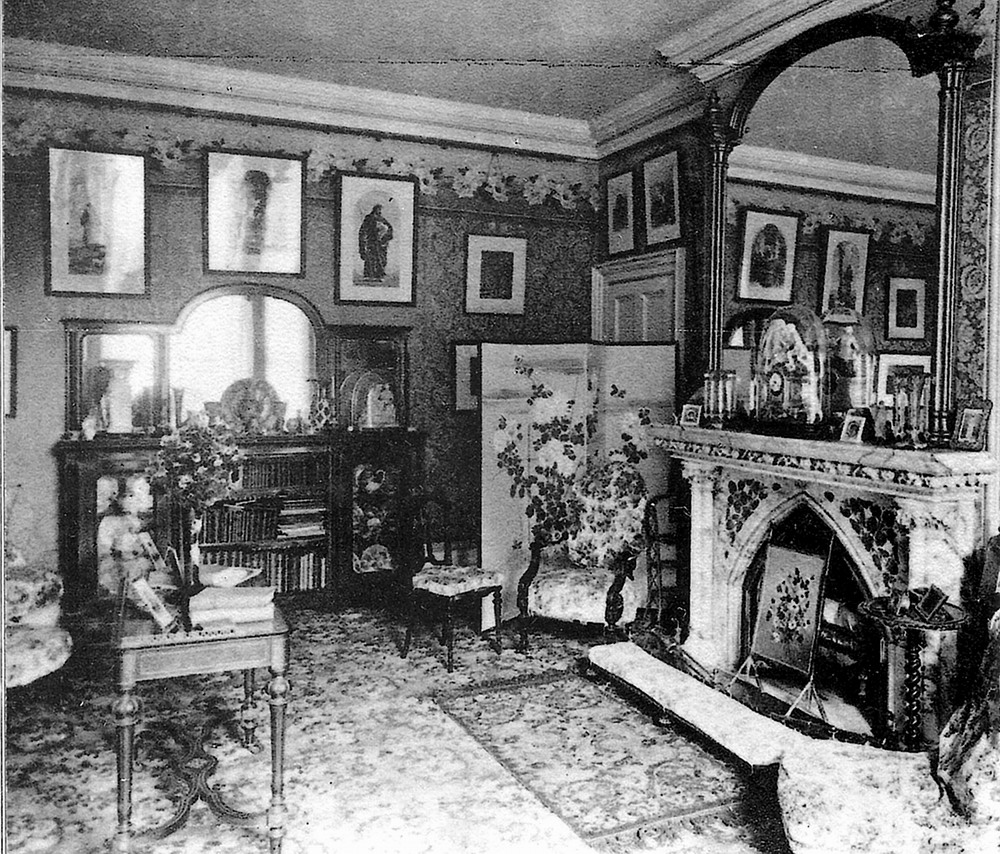




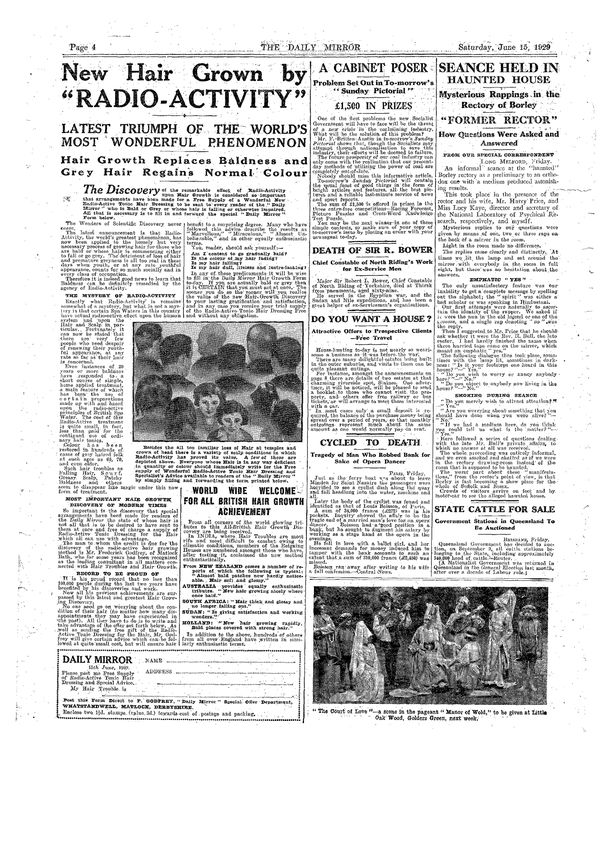


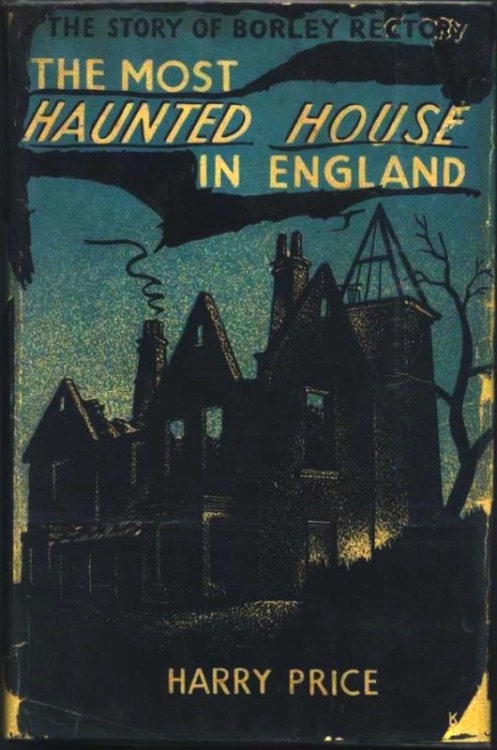
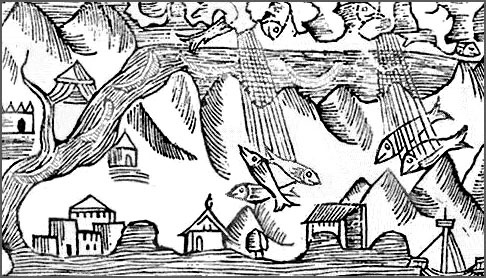


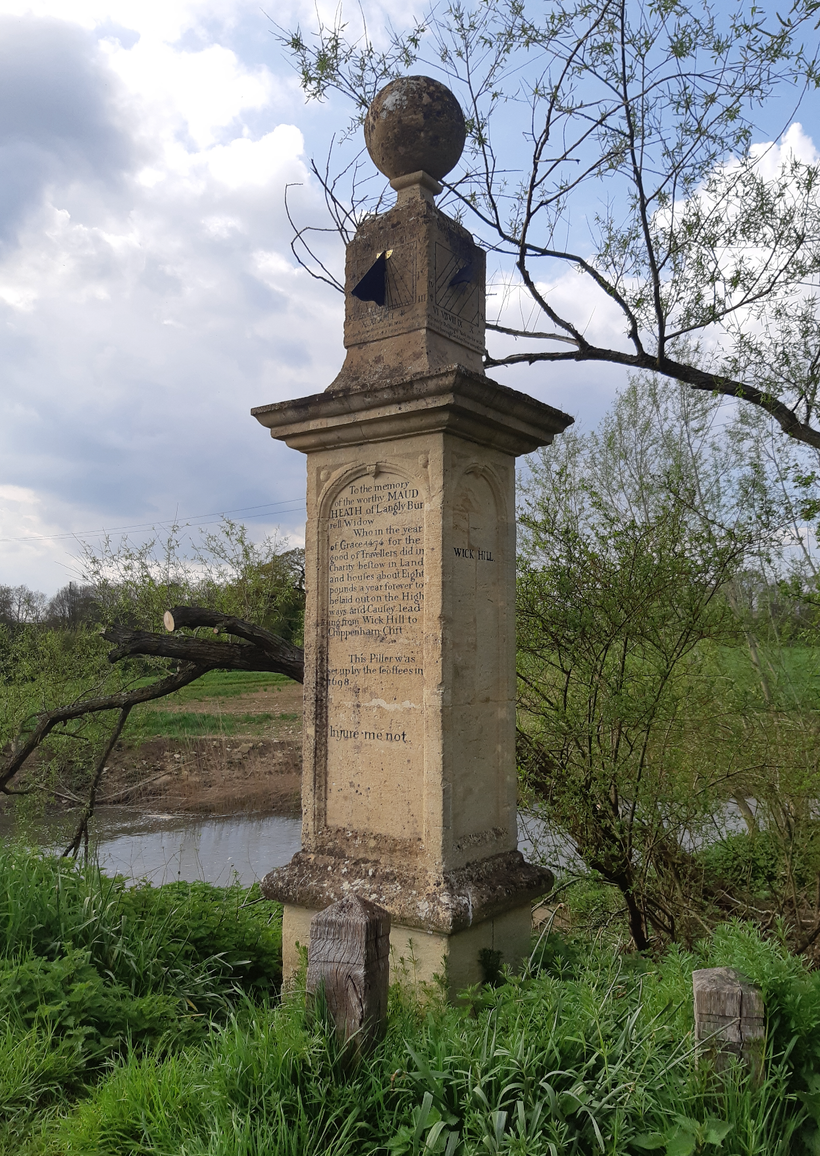
Leave a comment